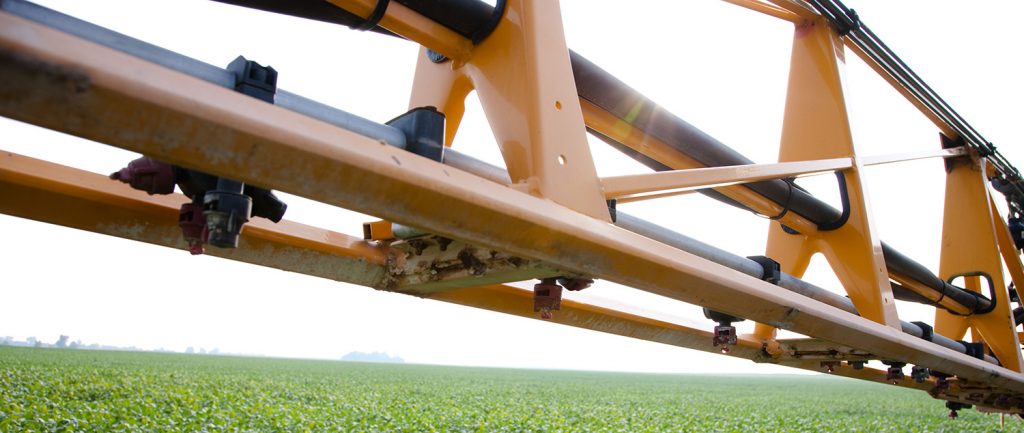By David Kee and Kim Nill
The 2021 U.S. soybean crop year will be variable as a result of weather conditions occurring from Canada to the Gulf of Mexico. After much of the U.S. locations experienced an early, almost idyllic (for planting) spring, the U.S. Upper Midwest region suffered severe drought during summer. Drought impacts across the soybean production area varied greatly (click on the Previous 12 weeks tab).
The Tri-State region (Minnesota, South Dakota & North Dakota) appears to be the most impacted by drought. Although the weather looks extremely dry right now in our region, there is always the potential for a tropical storm to blow up the Texas coast, dumping enough rain to cause drought stressed, rapidly maturing soybean plants to rebloom, set some pods/seeds but not complete the growth process. A killing frost would then shut down the later-maturing soybeans resulting in an unacceptable level of green beans.
The soybeans on any plants killed prematurely by heat/drought, or frost will typically contain normal levels of protein and oil, because those two components are added to the soybean throughout the seed’s size-increase stages. However, those soybeans can remain green in color, post-harvest, due to not having had time for the normal seed-ripening process to break down the chlorophyll within the beans via metabolism.
The experienced soybean processors know that protein and oil levels are alright in green soybeans, but some processors (especially overseas) are unwilling to purchase soybeans that bear a significant fraction of green soybeans; knowing that they can impart an undesirable green tint to the resultant soybean oil. While that green tint can be removed via extra processing, it is more expensive for the processor to do so.
U.S. commodity soybeans are classified as “Yellow Soybeans” and receive an official grade in accordance with the U.S. Grain Standards Act prior to their export. According to the Official U.S. Standards for Grain:
- Soybean plants killed late in the seed-filling process: Soybeans with only green seed coats should be classified as Yellow Soybeans and not docked in price. The green color will typically disappear during proper storage. Due to the tri-states’ low relative humidity and low temperatures during storage, that is the inevitable result.
- Soybeans killed during early-to-mid-seed fill: Soybeans that are green throughout >90% of the bean’s cross-section must be classified as “soybeans of other color.” If a given shipment contains more than 10% of “soybeans of other color,” it is docked because that color is unlikely to disappear during storage. One potential alternative use for such soybeans that a farmer should consider would be feeding them (whole, raw) to cattle.
Those are okay to feed to cattle (up to 3.5 pounds of whole soybeans per day), but they could potentially lower the USDA grade if mixed into an export shipment of soybeans.
Kim Nill is the Director of Market Development at Minnesota Soybean. He can be reached at 507 388-1635 or kim@mnsoybean.com.
David Kee is the Director of at Research at Minnesota Soybean. He can be reached at 507 388-1635 or dkee@mnsoybean.com







